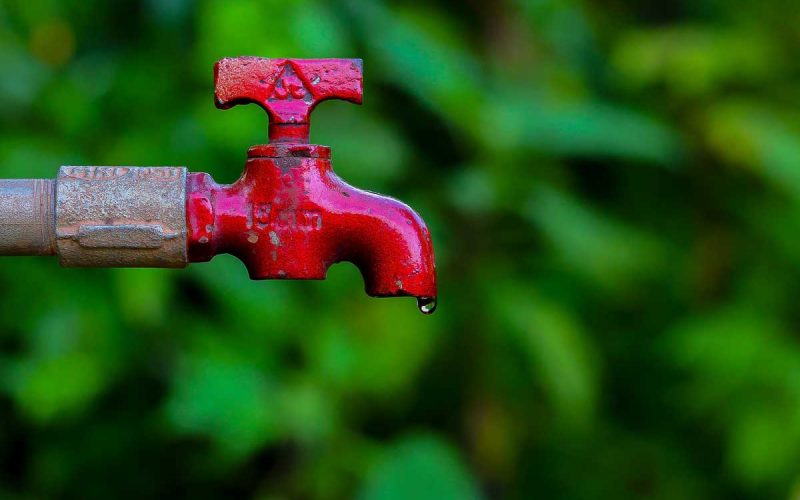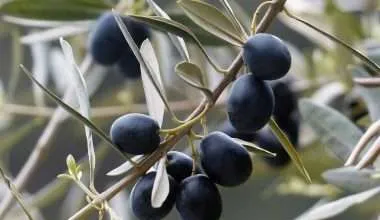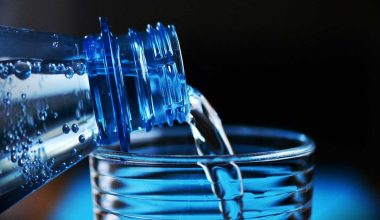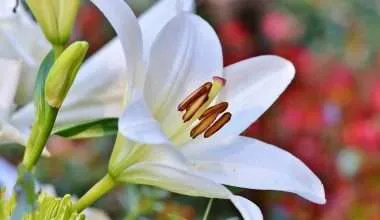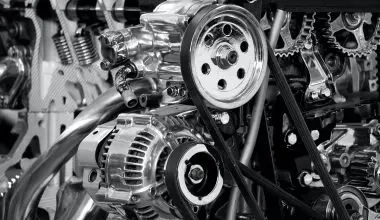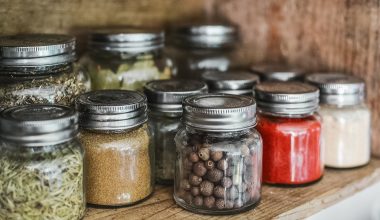Table of Contents Show
Why Save Water?
Hygienic, clean water is a limited resource. With all the extreme droughts taking place in the world, the restricted supply of fresh water is turning into one of our most valuable resources. Every individual on earth needs water to live. Without it, most of us would get ill and or even die.
Though nearly 70% of the Earth is made up of water, several parts of the world are facing clean water shortage. Saving water is imperative as it keeps water unpolluted and sanitary while caring for the environment.
Conserving water means using our water supply wisely and be responsible. As every individual depends on water for livelihood, we must learn how to keep our limited supply of water pure and away from pollution.
Teacher people the trait of water efficiency is now more important than ever. Keeping our water supply safe and pure will protect the water for the generations to come.
A lot of people are certain that our water supply is unlimited. But, the opposite couldn’t be truer.
It is essential that we must not contaminate our water because many do not recognize just how vital and limited water is. Just 2% of our planet’s fresh supply of water is sealed in glaciers and ice caps, whereas the rest of the 97.5% is saltwater.
Saving water includes abstaining from water pollution. This entails the use of approaches that take account of decreasing wastage, stop damaging water quality, and develop water management.
The populace must preserve the water it has currently and make available an adequate supply for the years to come.
Here are some reasons why water conservation is important
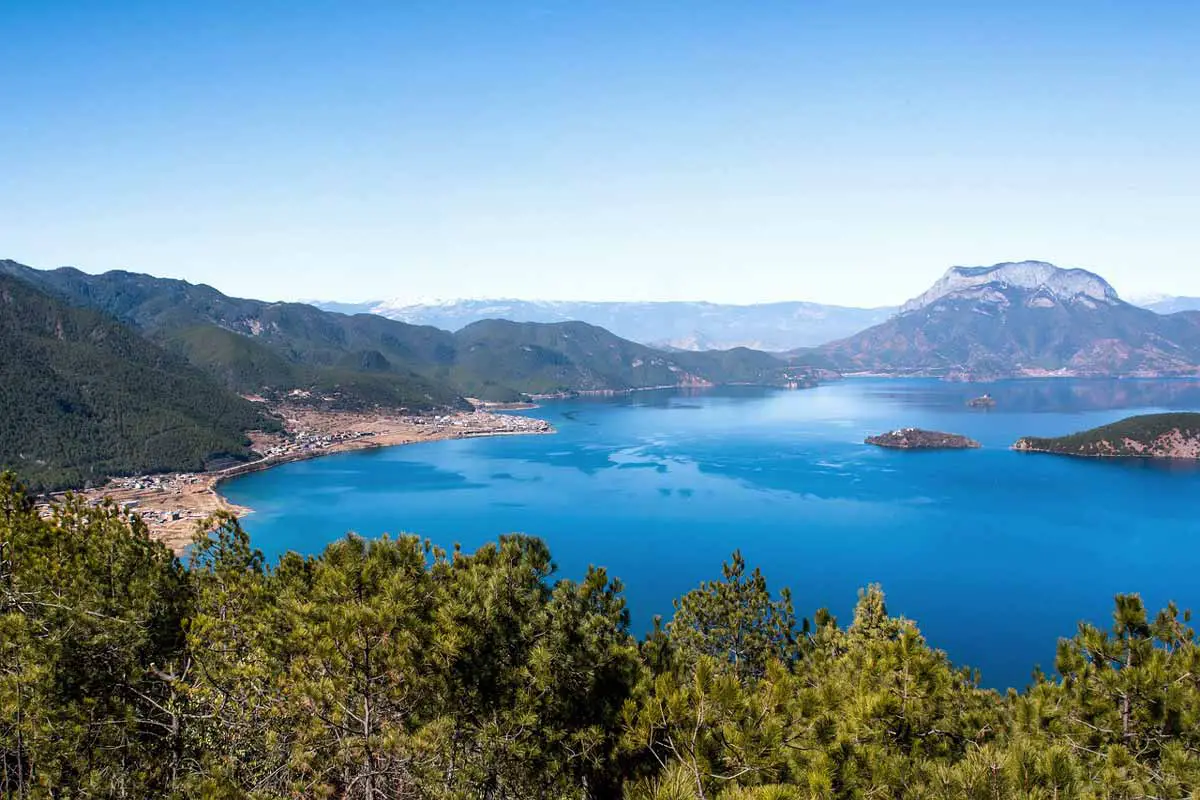
The uses are infinite (but the resource is not!)
We use water every single day. It is needed in practically everything we do. We require water for drinking, showering, laundry, cooking, and other innumerable activities.
Basically, we need water for lifestyles and activities we use commonly. If we want to keep ourselves hygienic, wash our clothes, and almost everything else – we need to save water.
Water grows food
Almost all produce need water to grow. the irrigation system, on which all of our planet’s farming relies on, requires a constant supply of watering the soil so that our food may grow.
But if our lands are going through a drought, how will the food grow?
This can make a sustainable and steady living a problematic issue as areas that suffer from drought will become impractical because vegetation of any kind will not be able to flourish.
Bottom line, devoid of water, people will starve to death.
It protects our ecosystem and wildlife
Mankind is not the only species on Earth that needs water for survival. Indeed, every species on Earth require water to stay alive.
Deprived of water, the marine life will have no chance of survival. It is extremely significant that we conserve water that is crucial to our longevity.
Reduced water usage means more money saved
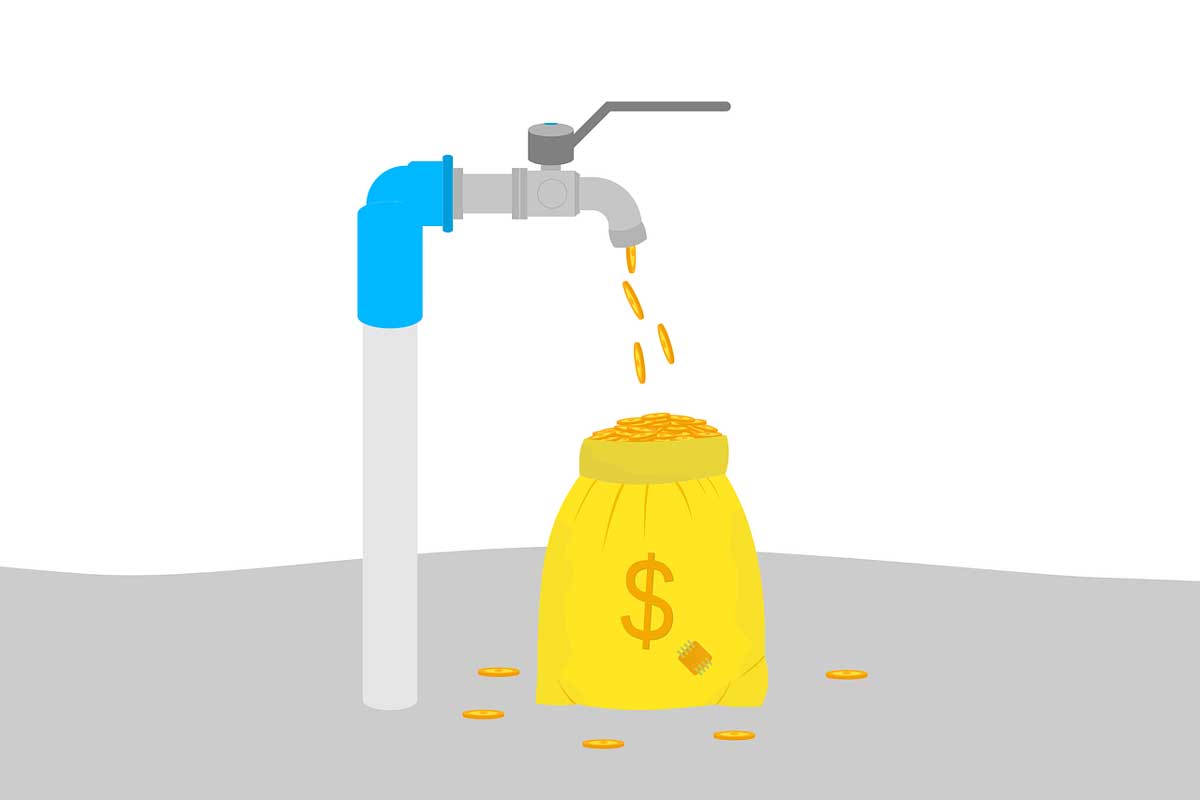
By conserving water, it lets us to save more water, particularly on our water bill. By following simple water conservation advices, you can save a lot of water.
Reduce your water consumption and use it smartly, and you will be paying less money to the water company. If we conserve water, we can ultimately reduce the water demand that is increasing at an exponential rate.
Water supply is already restricted
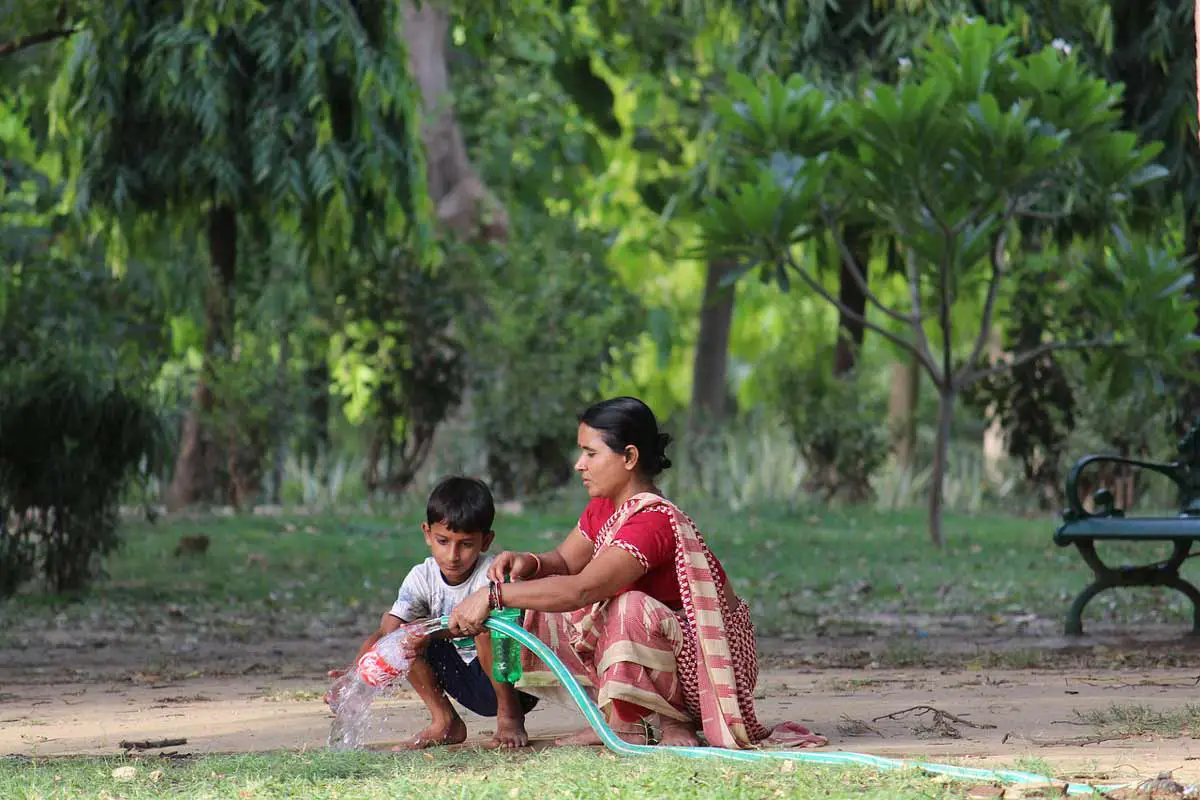
Presently, fresh water is already not enough as it stands. Of the 70% of the water that exists, only 0.03% is makes up fresh water.
The overall population seems to rise every day, making the already inadequate amount of water demand much more limited. In order to safeguard our future, we need to learn to save whatever limited resources we have.
More means should be established to conserve water to prevent further water restrictions, these include rainwater harvesting, drip irrigation, grow plants and water plants, and preventing water loss from any source.
The entire population must work in synchrony to increase the global water level, otherwise our future generation may be in a much gruesome situation than we are.
Conserving water also saves energy
Propelling water from the main facility into your homes also involves large amounts of energy to operate the equipment. Data indicates that; In California, just about 7% of the energy used is contributed to transporting water.
We need huge pumps to propel that water from the main tank/supply into individual homes. The pump is what provides the pressure for it.
Ultimately, conserving water will correspondingly lead to saving energy and decrease your carbon footprint.
Water Conservation Facts
1. 3.3 acre-feet of water are consumed to produce a year’s worth of food for an average family.
2. 100 gallons of water a day can be lost because of a leaky faucet and leaky toilet system in households
3. On average, one flush of the commode takes up 3 ½ gallons of water
4. A typical bath uses 37 gallons of water.
5. A typical family of four expends 881 gallons of water every week only by flushing the toilet.
6. A 5-minute shower uses 15-25 gallons of water–about 40 gallons are used in 10 minutes.
7. If the water is left running while brushing your teeth, around 5 gallons of water are used.
8. If you water your trees and grass more heavily, but less frequently, this conserves water and forms sturdier roots.
9. Washing dishes by hand can use up to 20 gallons of water whereas an automatic dishwasher uses just 9 to 12 gallons.
10. Public water providers process 38 billion gallons of water every day used for public and domestic purposes.
Tips for Water Conservation at Home
In the Toilets

Refrain from Using the Toilet as a Wastebasket or Ashtray
Each time you flush tissue, a cigarette butt, or other small bits of litter, you’re using gallons of water. Toss them in the trash, or better yet, recycle.
Place Plastic Bottles or a Float Booster in Your Commode’s Tank
Do the following to decrease water waste during flushing. Place an inch or two of pebbles or sand inside each of two plastic bottles. Fill those bottles with water, put the lids on, and place them in your toilet tank. Be careful to place them away from the other pipework inside the toilet.
Furthermore; If you have a leaky toilet, be sure to fix them as well as they are another source of significant water loss. Flowing water also causes silting (yellowing) on the toilet bowl, leading to further cleaning efforts on your end.
Invest in an Adjustable Toilet Flapper
Placing an adjustable toilet flapper will allow for adjustment of every flush use. The user can regulate the flush rate to the minimum as needed in every setting. A way that completes one good flush every time with most water conservation.
Set Up Dual or Low Flush Models
Swapping an old toilet for a 1.6 gallon flush, ultra-low volume (ULV) model denotes a 70% savings in water and will decrease indoor water use by roughly 30%.
On the other hand, plan on installing a dual flush converter or purchasing a dual flush toilet that turns an ordinary commode into a dual flush commode, saving your family at least 15,000 gallons of water per year.
For most flushes you’ll be using 70% less, totaling up to some substantial water savings.
Install Composting Toilets
Composting toilets are a really proficient way to decrease water waste from your loo because they need no water at all!
Even better, they hang onto all the nutrients and impurities out of waterways and come in use in non-food landscapes.
Laundry
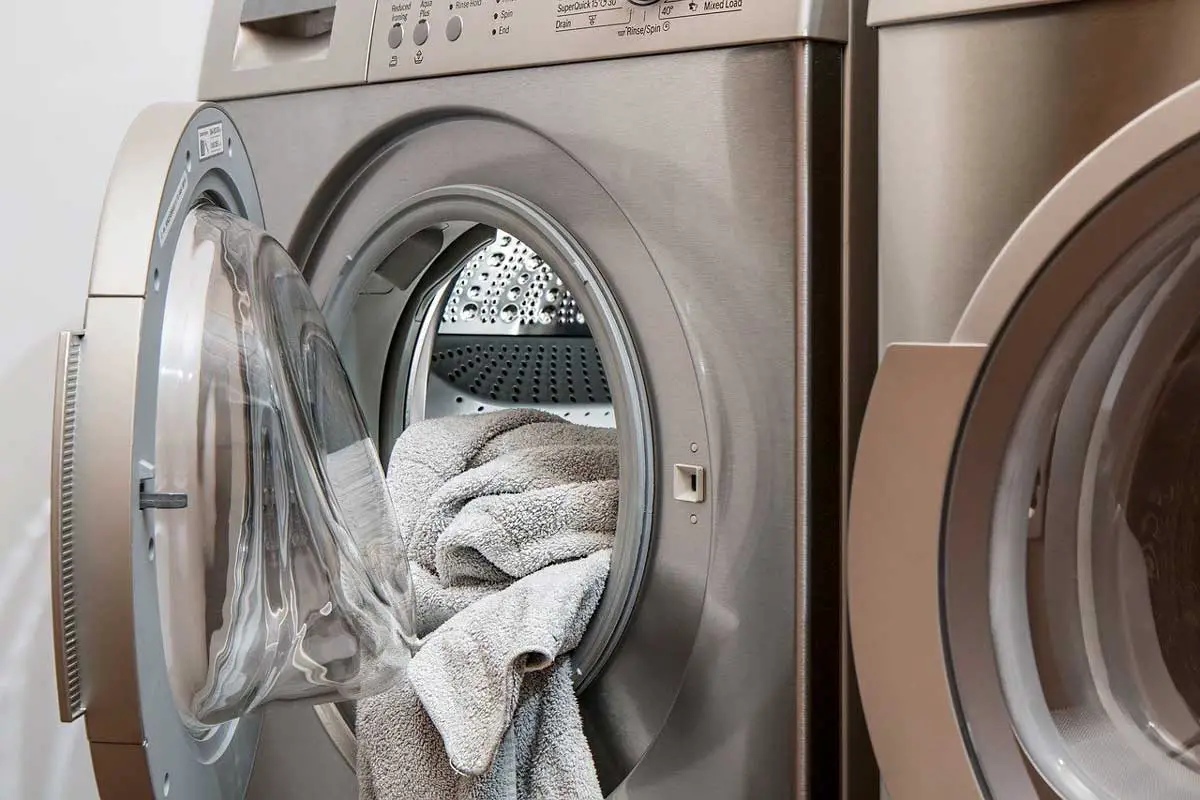
Use Clothes Washer Only for Full Loads
With clothes washers, try not to use the permanent press cycle, which takes up an additional 5 gallons (20 liters) for the supplementary rinse.
For smaller loads, modify water levels to match the bulk of the load.
Contemplate Buying a High Efficiency Washing Machine
The most effective washing machines use only 7 gallons of water in every load, in comparison to a massive 54 gallons for an old-fashioned washer.
A high efficiency (HE) washer certainly ought to pay for itself overtime in water and energy reserves.
Shower
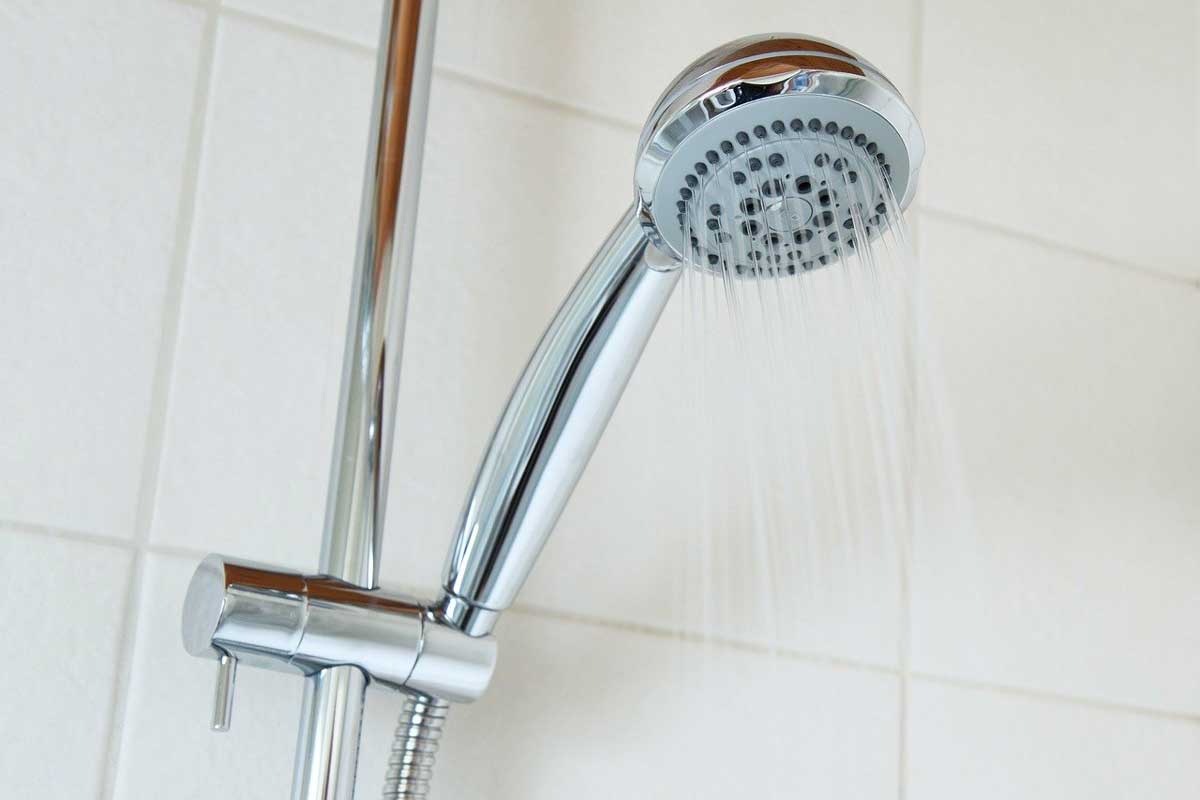
Set up Water-Saving Shower Timers, Showerheads, and Low-Flow Faucet Aerators
Low-cost water-saving low-flow showerheads or restrictors are uncomplicated for anyone to install. Lengthy showers can use 5 to 10 gallons each unnecessary minute.
“Low-flow” faucets use less than 2.5 gallons per minute.
Take Shorter Showers
One way to reduce water use is to turn the shower off when soaping up, then turn it back on to wash off.
About 20 to 40 gallons of water are used in a four-minute shower. using low flow showerhead alongside shorter shower times can also reduce water loss
Faucets and Sinks
Install Household with faucet aerator
This effortless and efficient home water conservation technique is also the most economical!
A humble low-flow aerator conserves water in the bathroom, and a swiveling aerator can function for numerous purposes in the kitchen.
Wet Your Toothbrush, Then Turn Your Tap Off
There is no reason to keep the water running when brushing your teeth. Just rinse the toothbrush and keep a glass of water for mouth washing.
Rinse Your Razor in the Sink
Fill the basin with a few inches of warm water. This will wash your razor just as good as running water, with a far lesser amount of water wasted.
Lessen Use of Kitchen Sink Garbage Disposal Units
Garburators installed in the sink need a lot of water to work correctly. They also contribute significantly to the amount of solids in a septic tank, which could result in maintenance complications.
Make a compost pile as a substitute system of getting rid of food waste.
Use the Dishwasher Instead of Hand Washing
It might seem unreasonable, but washing dishes by hand uses up way more water than using the dishwasher, even more so if you invest in a water-conserving model.
It is estimated that effective dishwasher use half as much water, conserving about 5,000 gallons annually.
If Washing Dishes by Hand, Don’t Leave the Water On for Rinsing
If you have a single-sink, collect washed dishes in a dish rack and wash them with a pan full of hot water or spray device. If you have a double-sink, fill one with rinse water and soapy water.
Don’t Let the Water Run While You Wash Vegetables
Simply wash them in a sink with a water (with the stopper plugged) or a pan of clean water.
Keep a Bottle of Drinking Water in the Fridge
Using tap water to cool off your drinking water bottle is excessive. Keep drinking water in the fridge in a bottle. If you are a regular hiker or trekker and take water bottles with you, think of buying a personal water filter, which allows users to drink water safely from lakes or rivers or any available waterbody.
Leaks
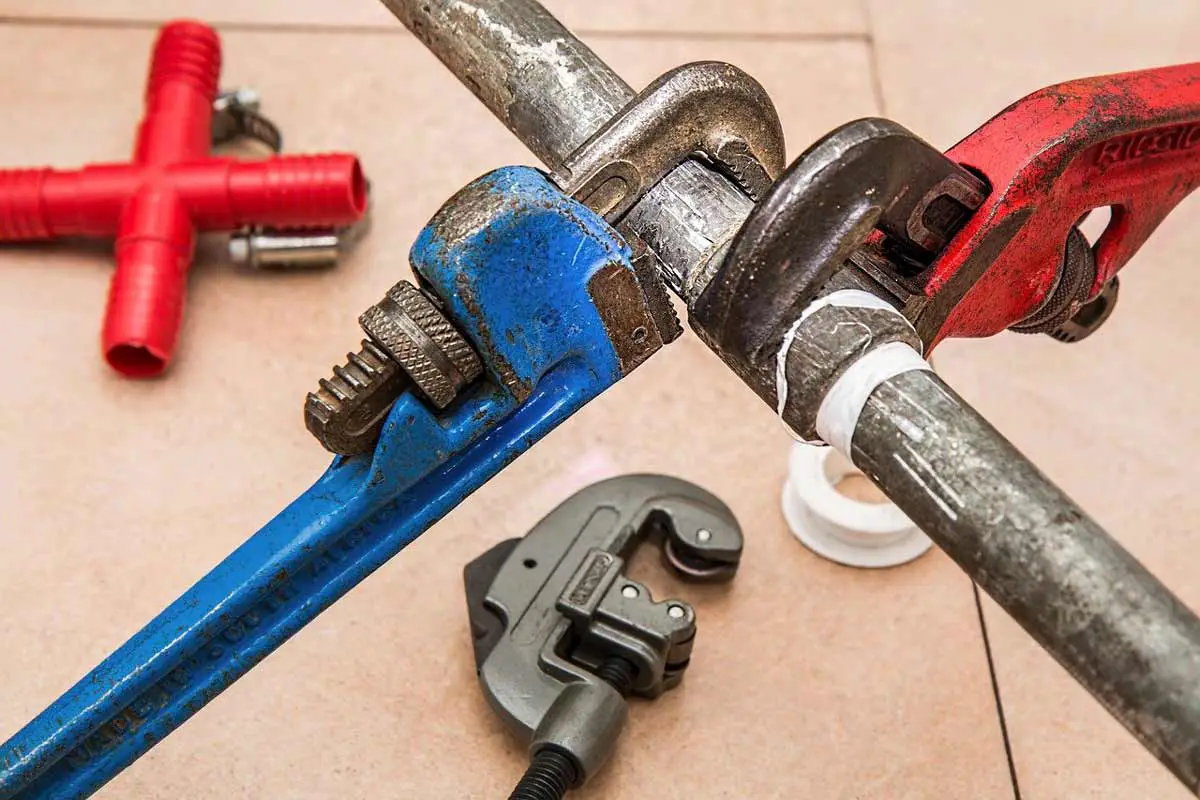
Check Pipes and Faucets for Leaks
A tiny leak from a damaged spout can waste 20 gallons of water every day. Bigger seepages can waste hundreds of gallons. Some faucet leaks are found directly, but others take slightly more determination to trace.
Dry up tubs and sinks properly and leave it be for an hour. If you see water, you’ve located a leak. To discover leaks from faucet handles, dry the space around them before turning the water on. You’ll find water accumulating next to them if there’s a leak.
Check Your Commodes for Leaks
Put some food coloring in your toilet tank. If the color begins to seep into the bowl within 30 minutes without flushing, you have a leak that must be fixed straightaway.
Most spare parts are cheap and simple to install.
Use Your Water Meter to Check Unknown Water Leaks
Check the house water meter before and after two hours when no water is run. If the meter reads different at this point, there is a leak.
Insulate Your Water Pipes
It’s economical and easy to insulate your water pipes with pre-slit foam pipe insulation. You’ll get hot water quicker and steer clear of wasting water while it heats up.
Ways to Conserve Water by Diet Changes
The water used to make the average American diet is almost 1,000 gallons per person every day.
This is much more than the worldwide average total water footprint of 900 gallons per person per day. The 900 gallons include domestic use, energy, transport, food, and the consumption of material goods.
One of the easiest means to decrease your water footprint is to consume less dairy and meat. Another option is to pick grass-fed instead of grain-fed beef. This is because a lot of water can be used to harvest corn and other food crops to feed the livestock.
One serving of poultry takes up around 90 gallons of water to produce. There are further water expenditures rooted in the transport costs of food (gasoline production uses water as well).
Just think how far your food has to travel to get to you. Hence, it is always preferable to purchase locally to reduce your water footprint.
Pork uses quite a lot of water for production. The old-fashioned way of pork production has also remained the culprit for some water contamination. This is because pig waste makes its way into local water sources.
One cup of coffee uses 55 gallons of water! Most of it being used to harvest the coffee beans.
Transportation

Transport of fuel also uses up more water. This is because thousands of gallons of water is used to cool down excess heat produced from burning fuels.
If you use alternate energies like solar and wind, your footprint could be smaller.
Washing a vehicle takes up almost 150 gallons of water. Hence, by washing less regularly you can bring down your water use.
A gallon of gasoline uses roughly 13 gallons of water. You can combine your tasks, carpool, or use public transportation to lessen both of your water and energy usage significantly.
Conclusion
The pathway towards conserving and saving clean water starts from smallest of acts. Often these small acts could mean turning the taps tightly so they don’t continue leaking overnight. On other occasions, some make bigger changes like the ones we mentioned above.
All I can say is, I’d like to see you try. When you do, we’d like you to come back and tell us how much water we saved together.
